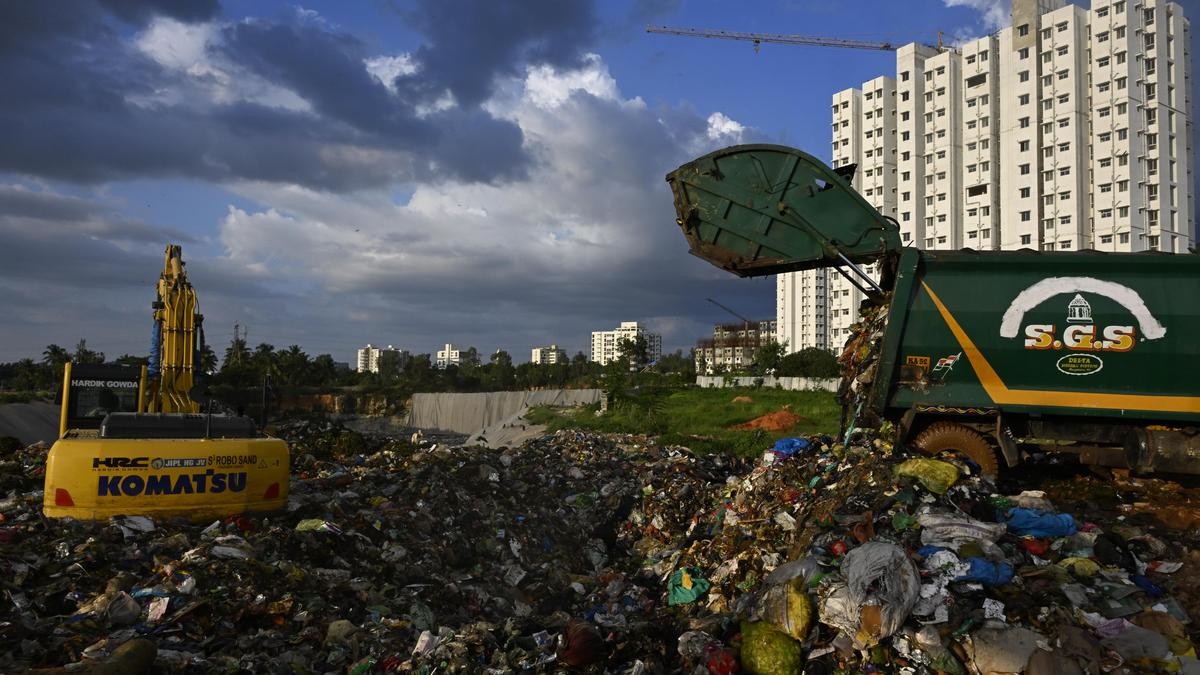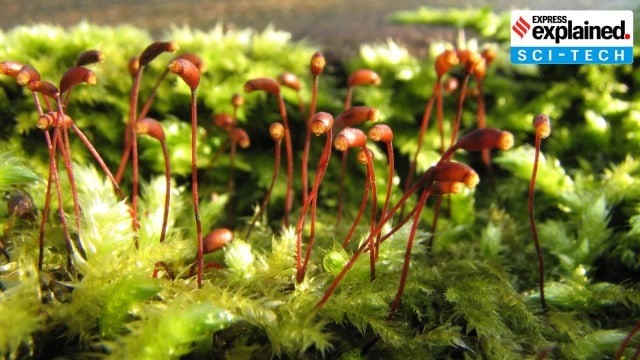




Disclaimer: Copyright infringement not intended.
Source: DTE
|
Mains Question: Q. Plastic pollution is emerging as a serious threat to both wildlife and human health. Critically analyze the impact of plastic pollution on marine life, with a specific focus on seabirds, and discuss the international and national measures being implemented to tackle this issue. 250 words |







© 2025 iasgyan. All right reserved